Ahhh sunrise over the mountains… that sense of a new day filled with fresh air.
We knew that a traditional Japanese breakfast would be likely to include fish and rice. We had no idea that it would be another feast of multiple courses and tasty little morsels! Without a menu we can’t be certain what we ate, but there was definitely salmon, a tofu and mushroom hot pot, miso with tiny scallops, fish cakes, topped off with a matcha dessert with a nod to cherry blossoms on top. It’s an experience more than a meal.
Hakone is in the Fuji-Hakone-Izu National Park, and has established itself as a networked series of villages with a well connected range of tourist experiences. It was hard to navigate before we arrived, but when you’re here it’s clear that everything has been designed by Odakyu Hakone to be seamless. 5 modes of transport come together to deliver great views share the tourist load. It’s another beautiful piece of information design, and I’m also wondering why we’ve never adopted their approach to visualising a timetable!
The Hakone Tozan Railway has been running for over 100 years and features a small 3-carriage switchback train. It allows a quick ascent over a small space – the train pulls up the hill to a dead-end, where the driver hops out and goes to the other end of the train, then drives the opposite way to the next section. The train was new, the changeover ritual seemed timeless.
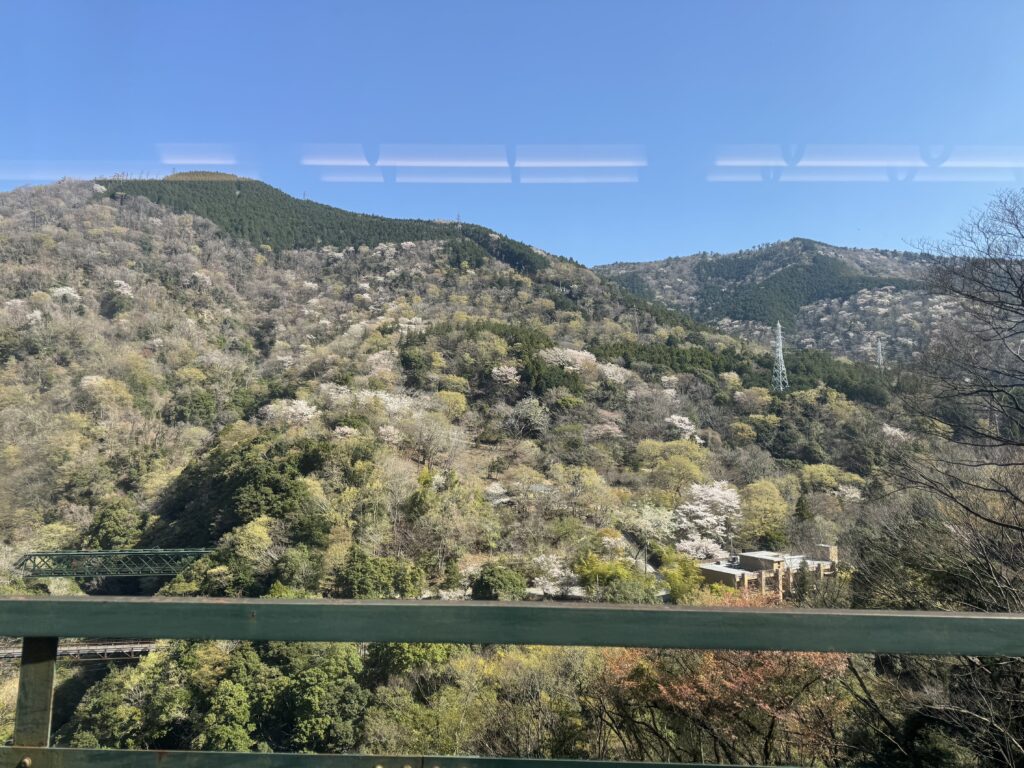
As the hill got steeper people are transferred to the Hakone Tozan Cable Car – a trainlike vehicle pulled up the mountain via a rope on the ground allowing a direct ascent of a steeper section. Stops along the way opened up tiny villages and resorts.
Next step, the Hakone Ropeway. This takes you up to Owakudani, a valley formed as a result of a volcanic eruption at Mount Hakone over 3000 years ago. The mountain is an active volcano zone with sulphur fumes that fuels the hot springs in the region. It’s also known for eggs that are cooked in the hot springs and their shells blackened by the sulphur… not for me! I love the signage – if it erupts, run. What does that say about the average tourist???
Owakudani also provided us with amazing views of Mt Fuji. It’s a stunning mountain – beautifully elegant and serene. The appeared dry, but was actually filled with trees about to bud – the change of season is special.
The ropeway then heads down the other side of the mountain to Togendai on Lake Ashi. The pirate ships that feature in the sightseeing cruise seem out of place – they’re a link to an anime series ‘Evangelion’. They weren’t on our ‘to-do’ list until we realised they are the only public transport option. On to the pirate ship we went…
The ship takes about an hour and is actually a lovely way to travel and get a different perspective of the Lake and National Park. Our final stop at Motohakone let us grab a 7-Eleven lunch and enjoy it by the lake before hitting the 5th mode of transport to close the loop back to our hotel in Hakone Yumato.
It felt like we covered massive ground, yet I struggled to fit my daily 5k in, so the final km was around Hakone town, enjoying the cherry blossoms, before hitting the onsen. Definitely a relaxing way to end a day once you’ve got past all our Western hang-ups!
Another traditional Japanese dinner with a view of the gardens. This one now holds meal of the trip – every mouthful was amazing, and matched with stunning presentation and service. They know how to do this right…
These standards are going to be hard to maintain back in West End!
Love M & A xx
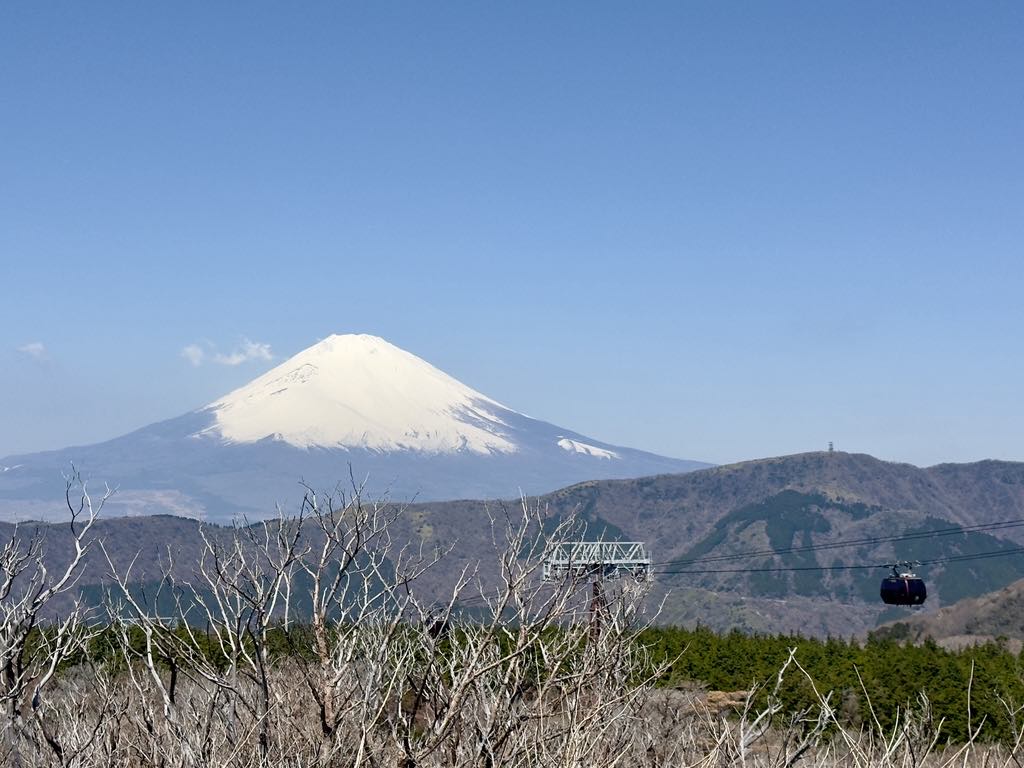
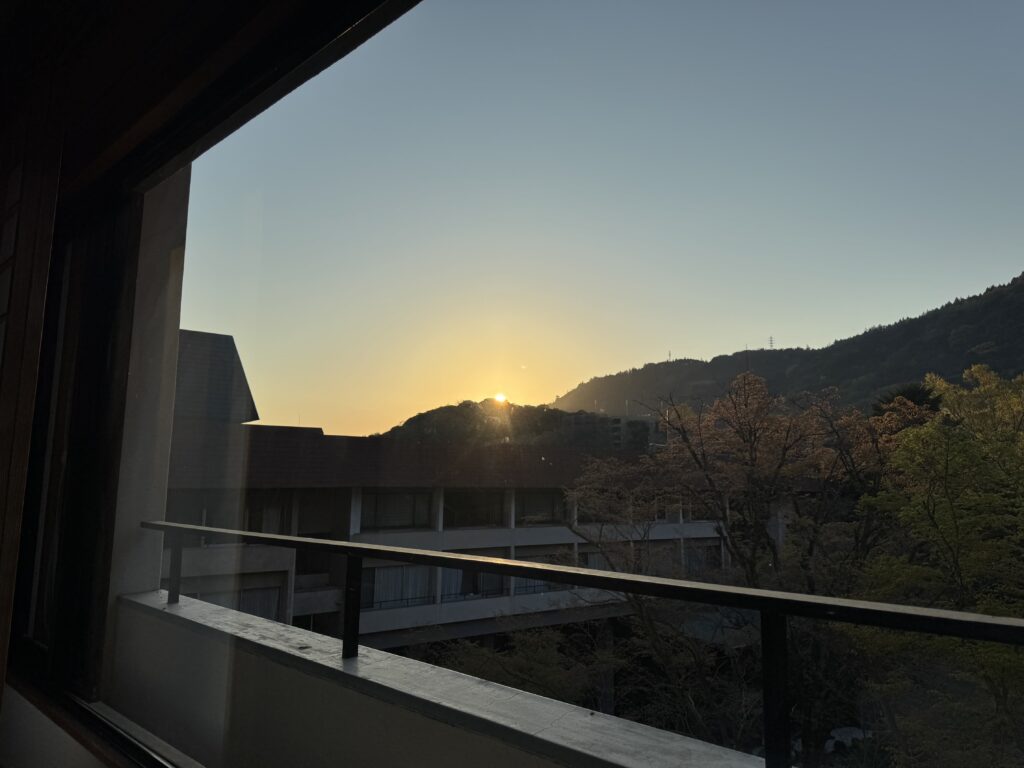
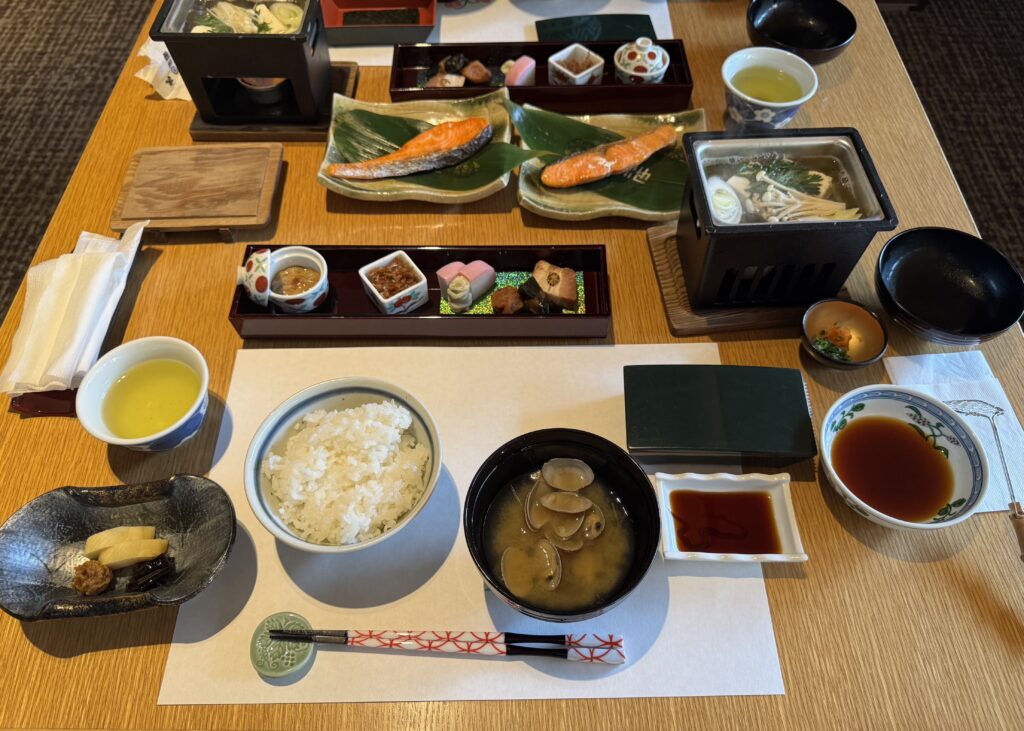
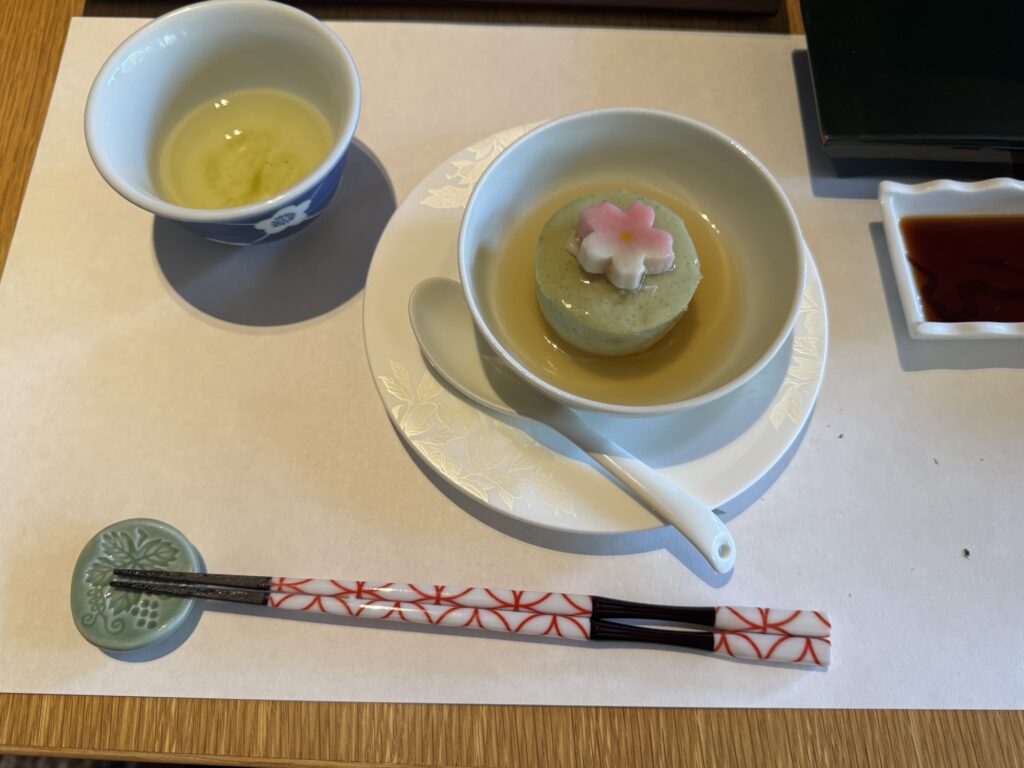
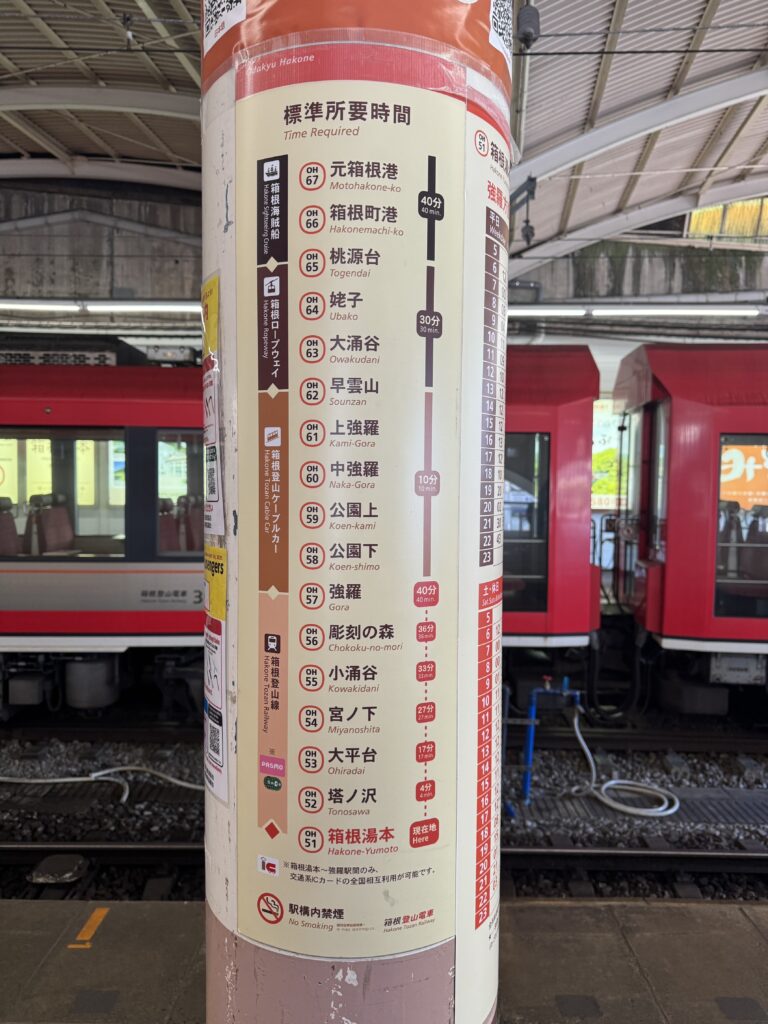
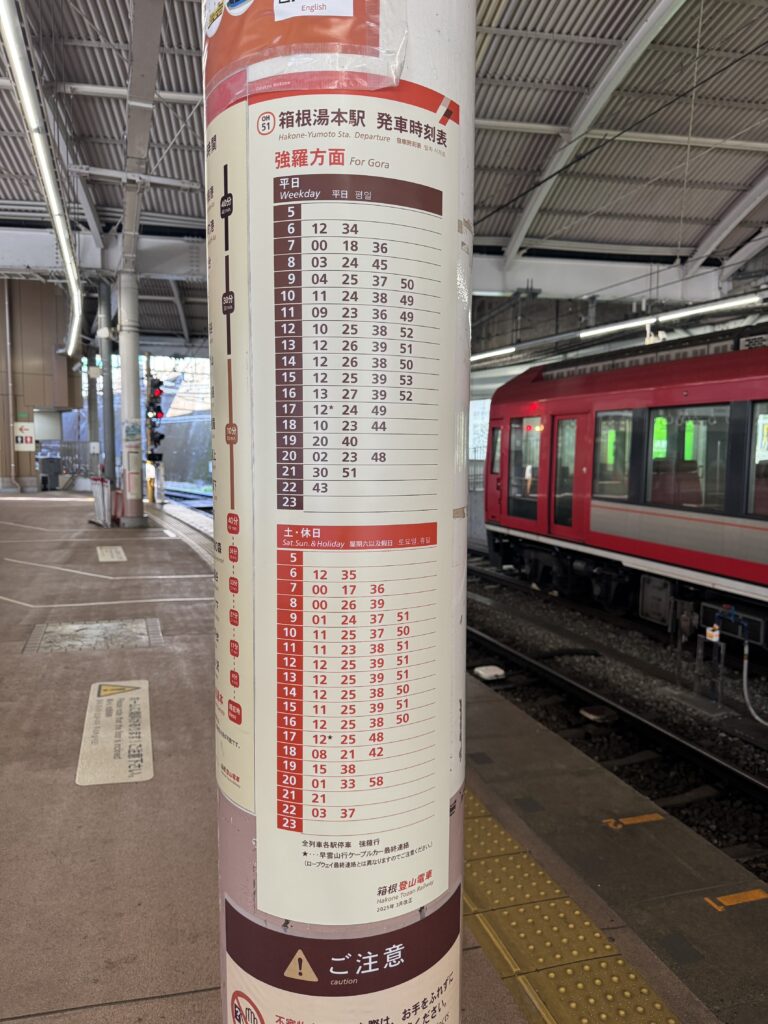
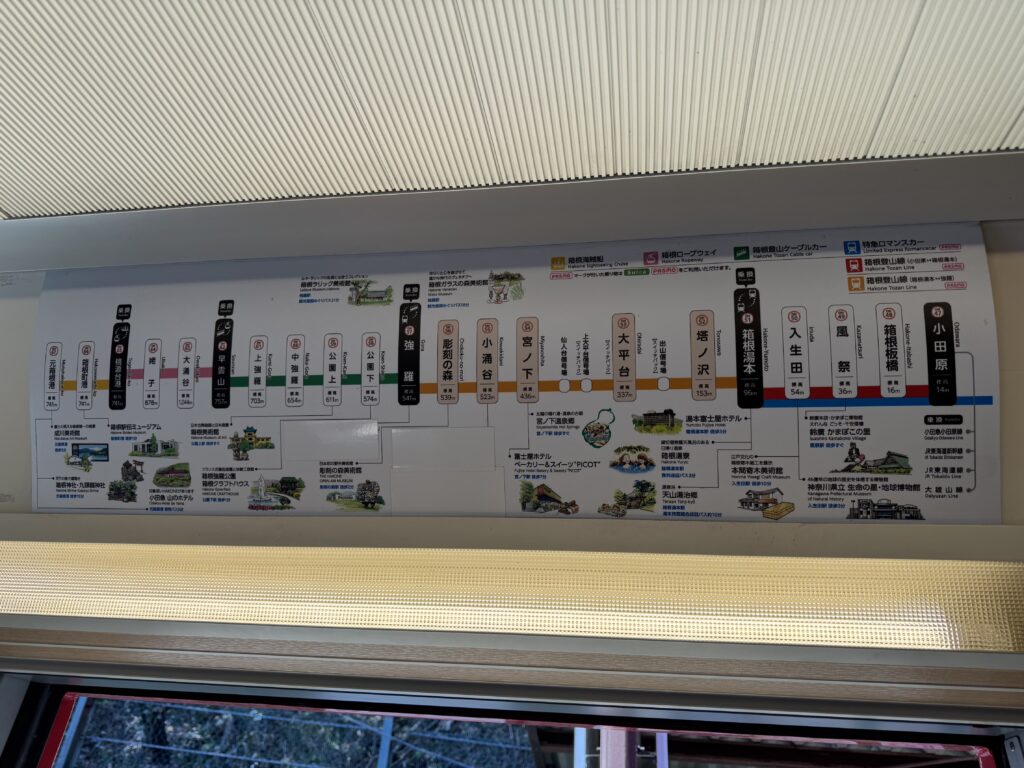
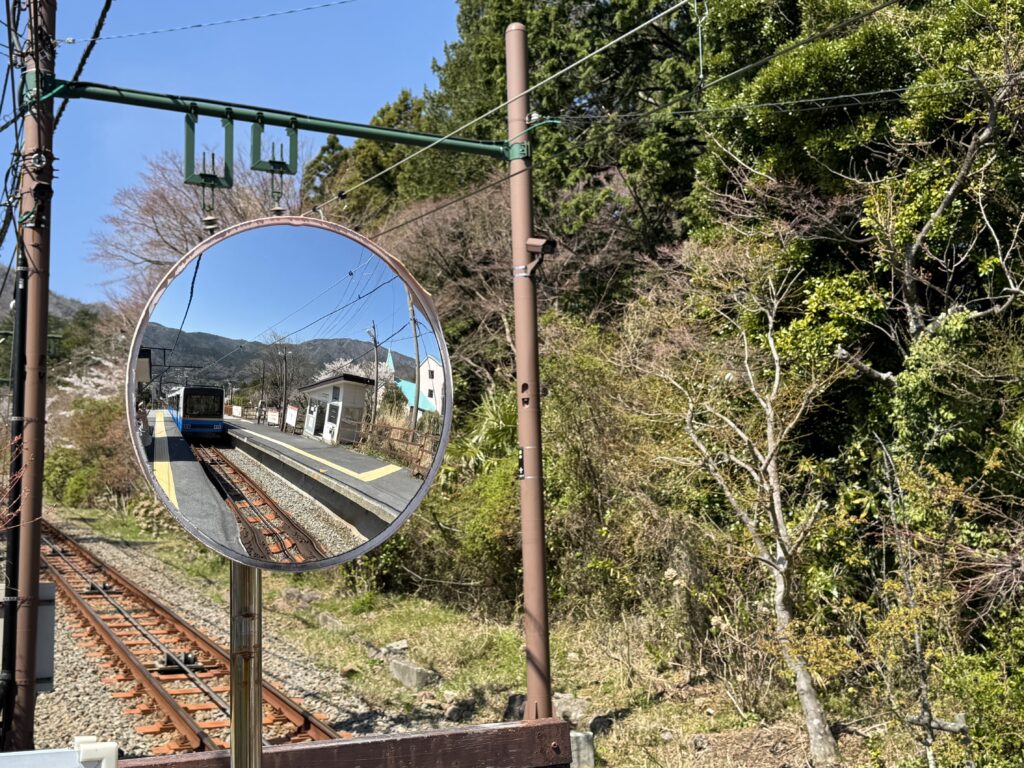
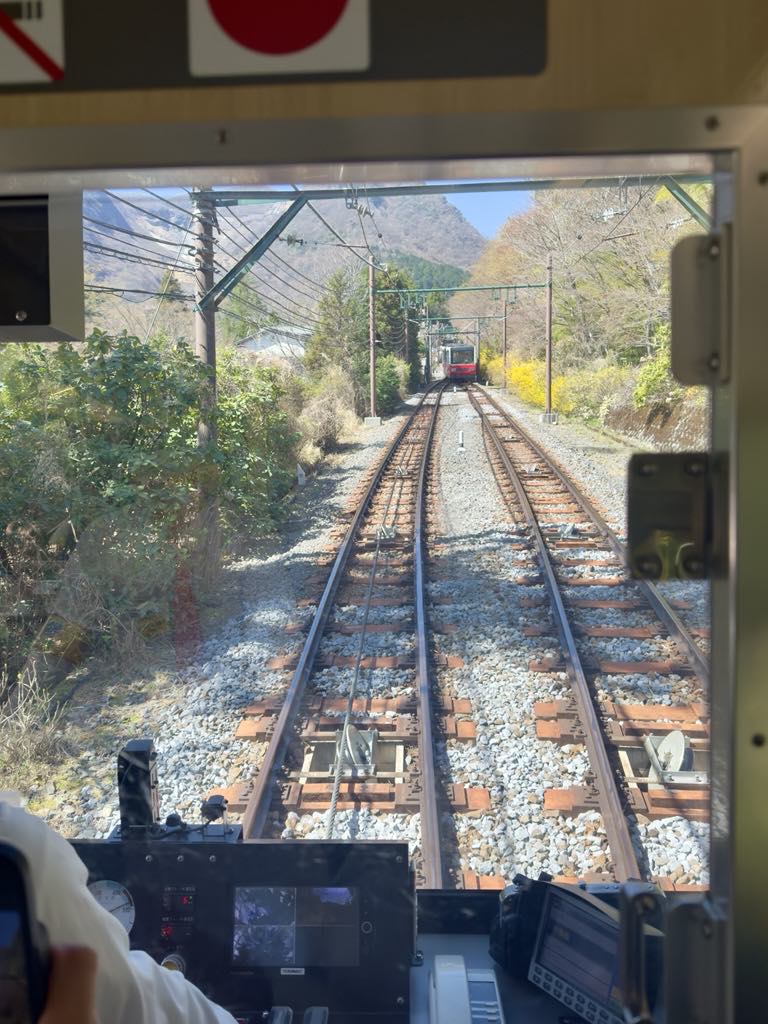
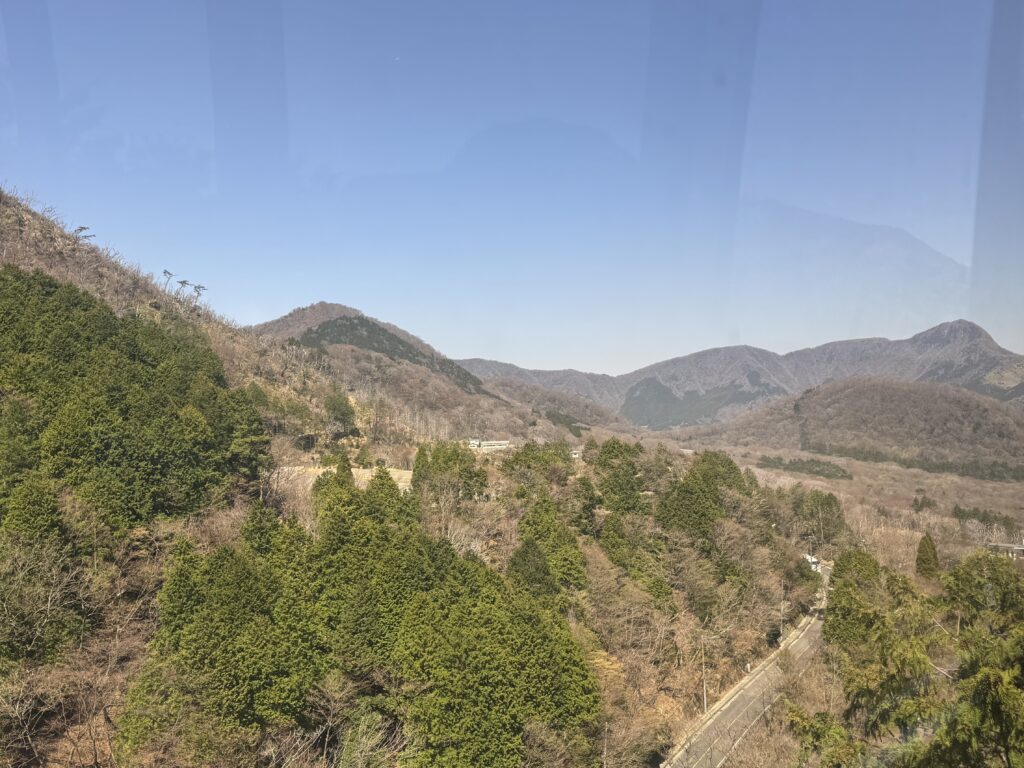
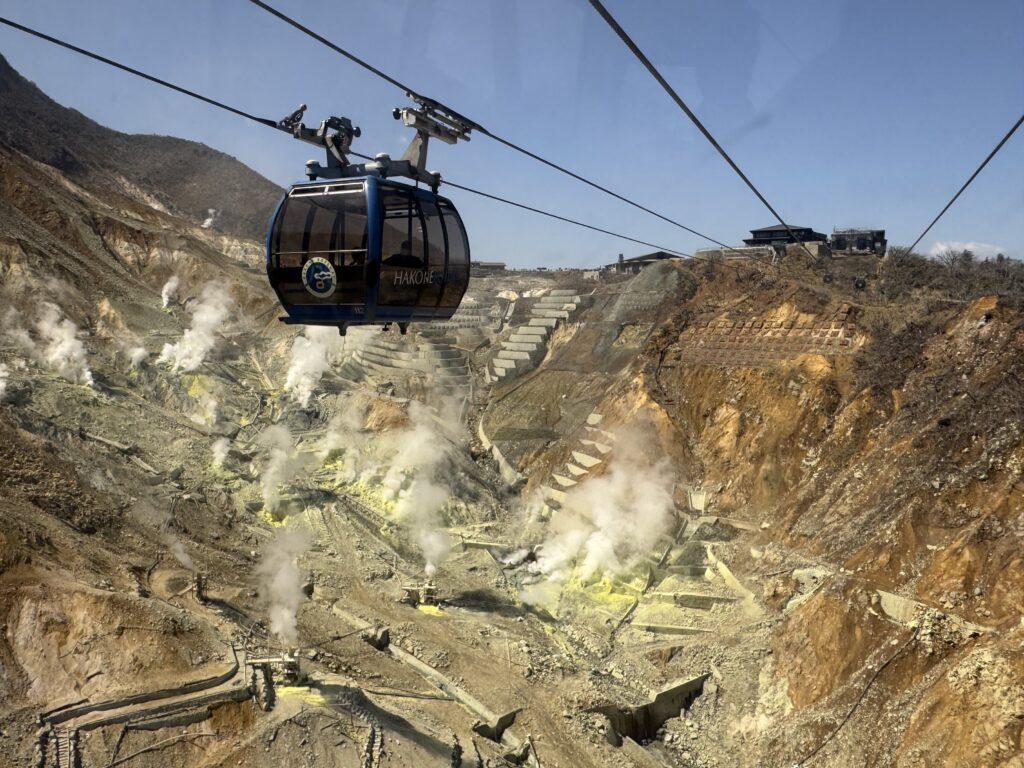
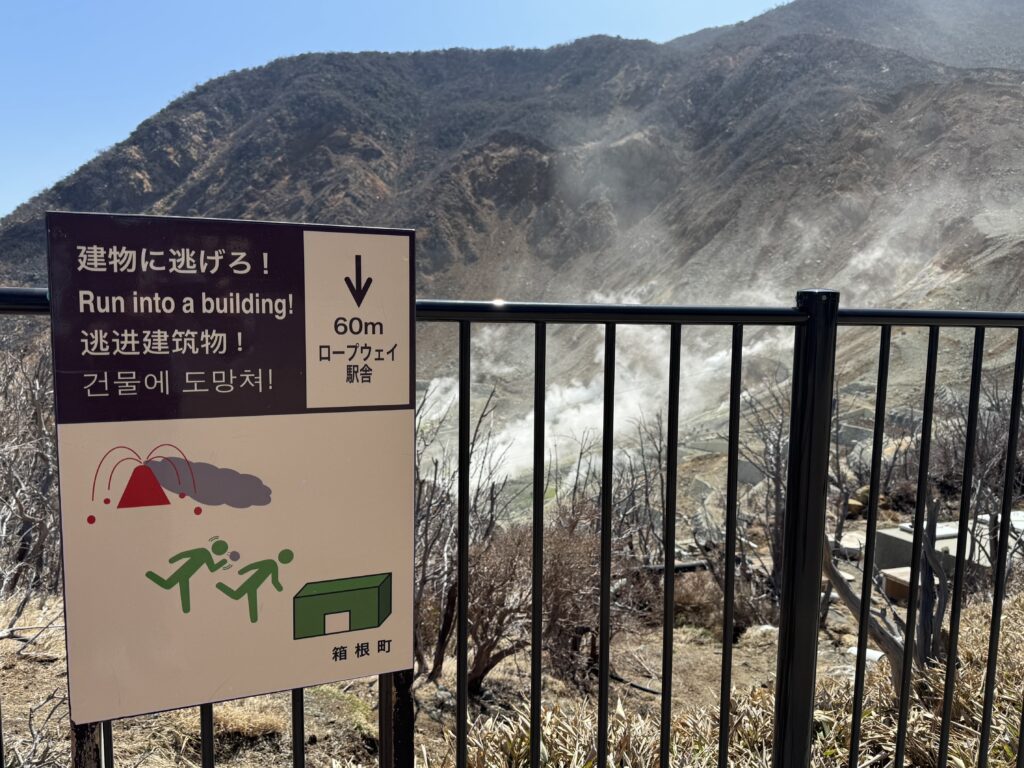
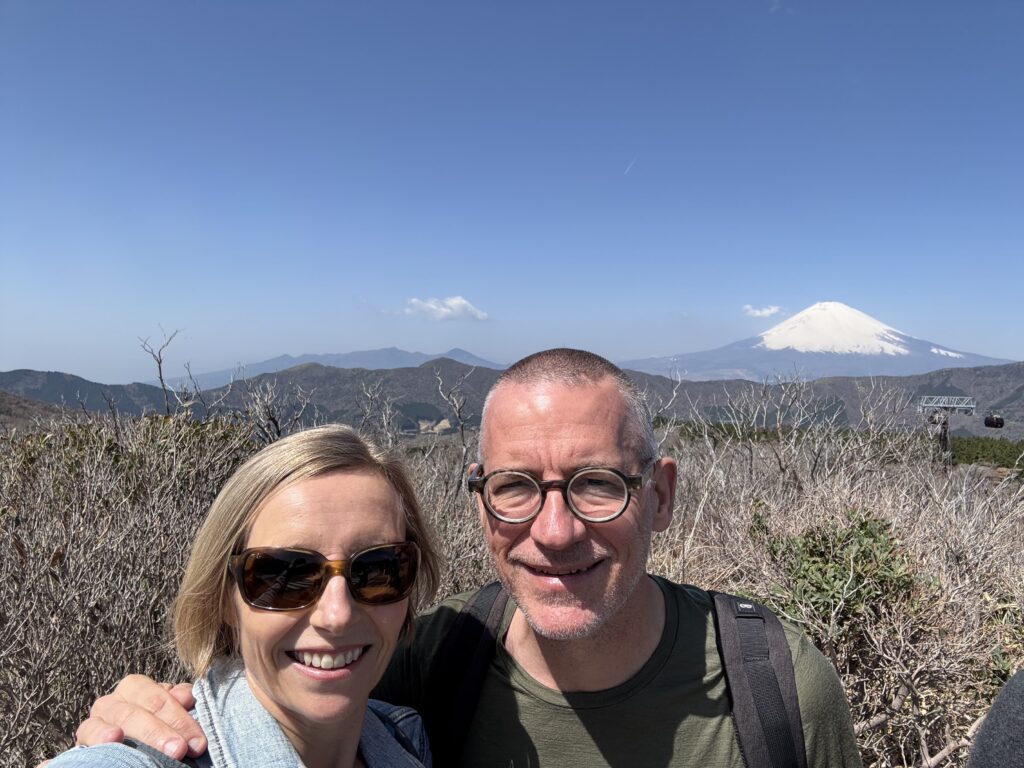
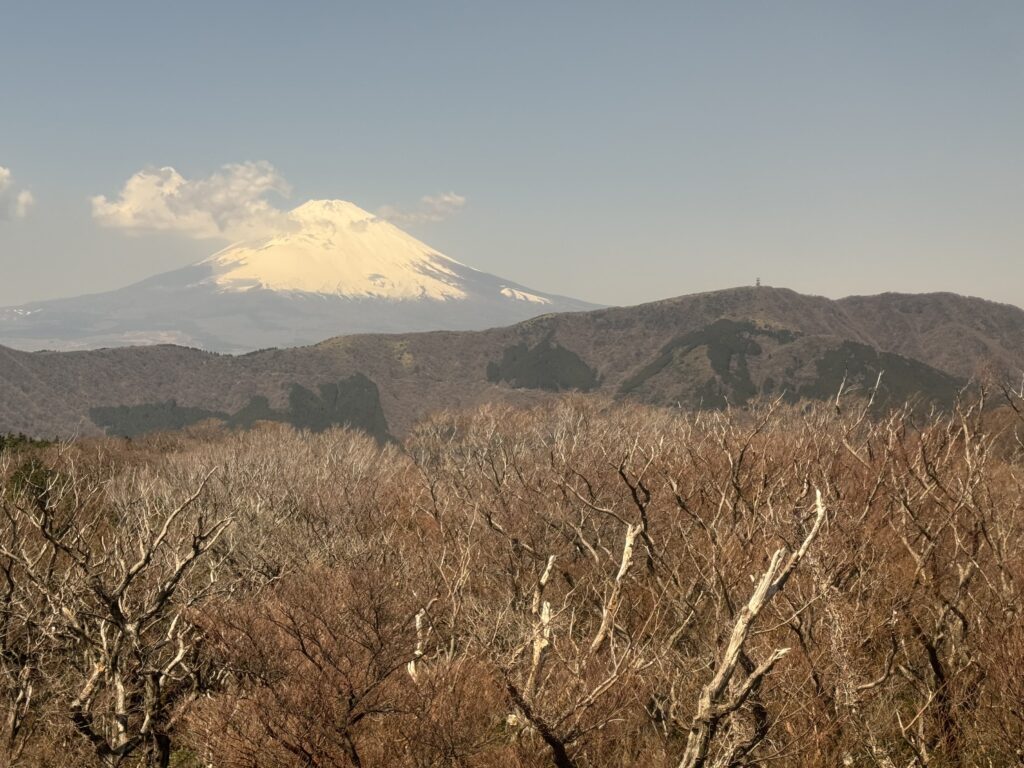

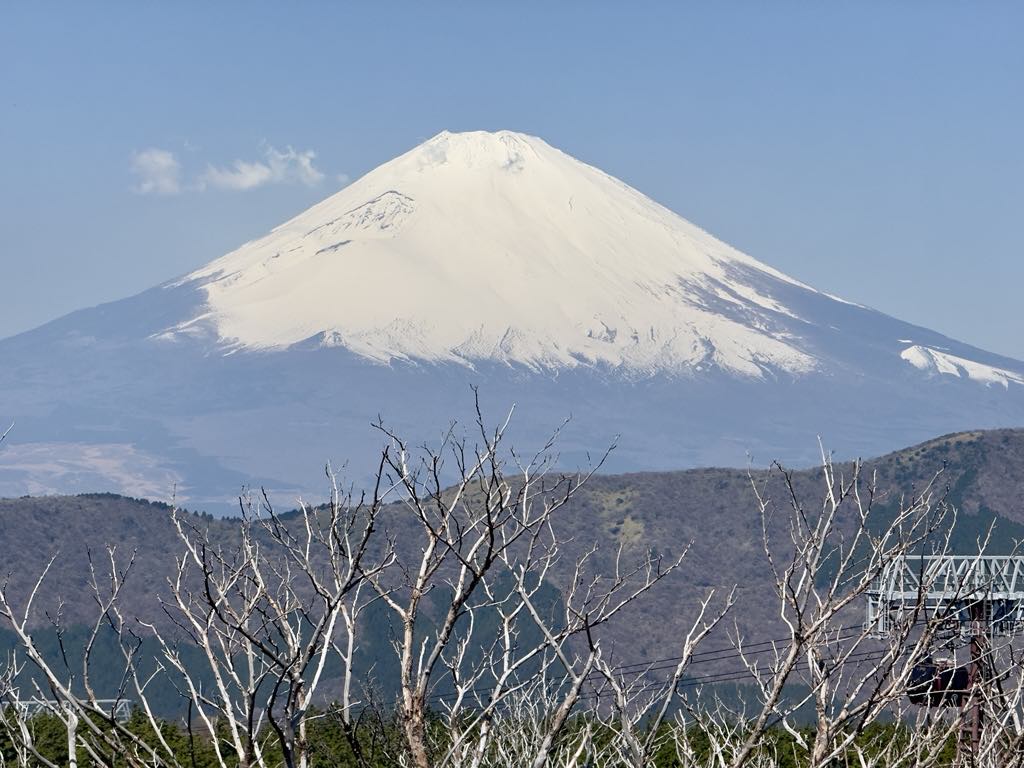
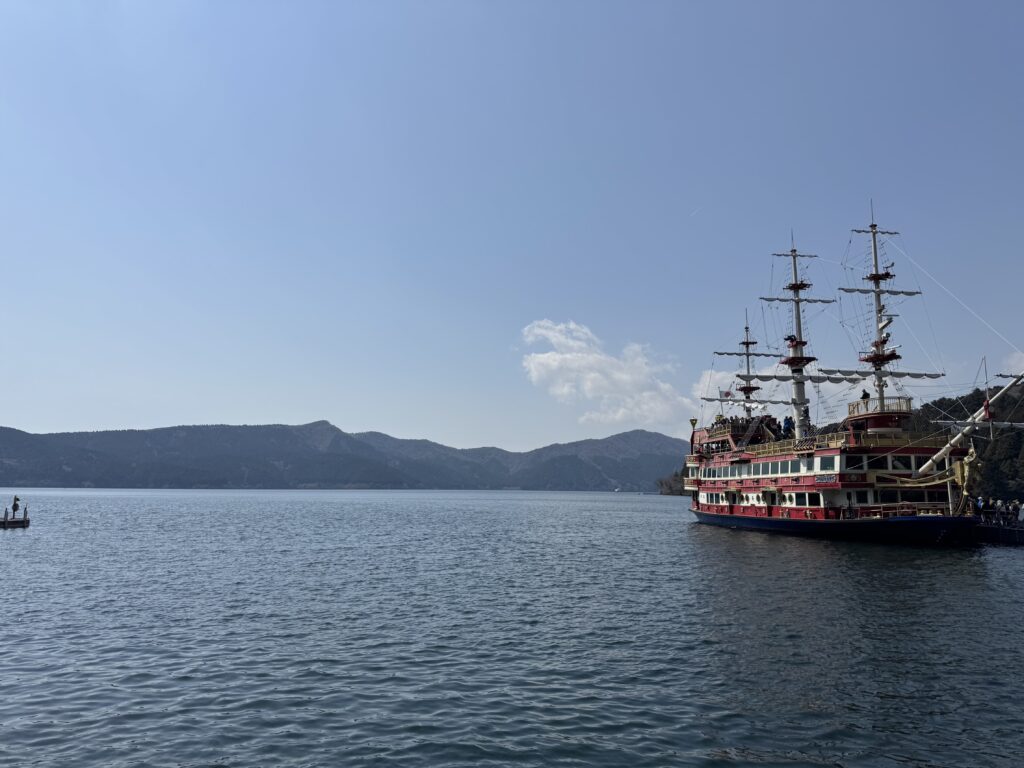

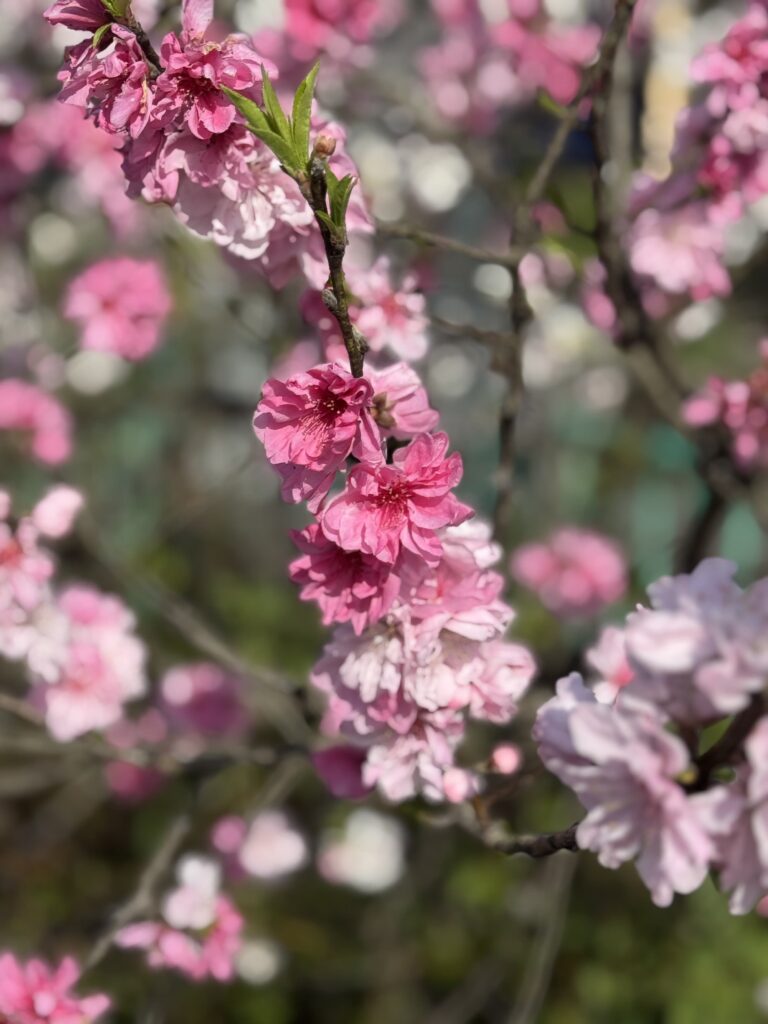
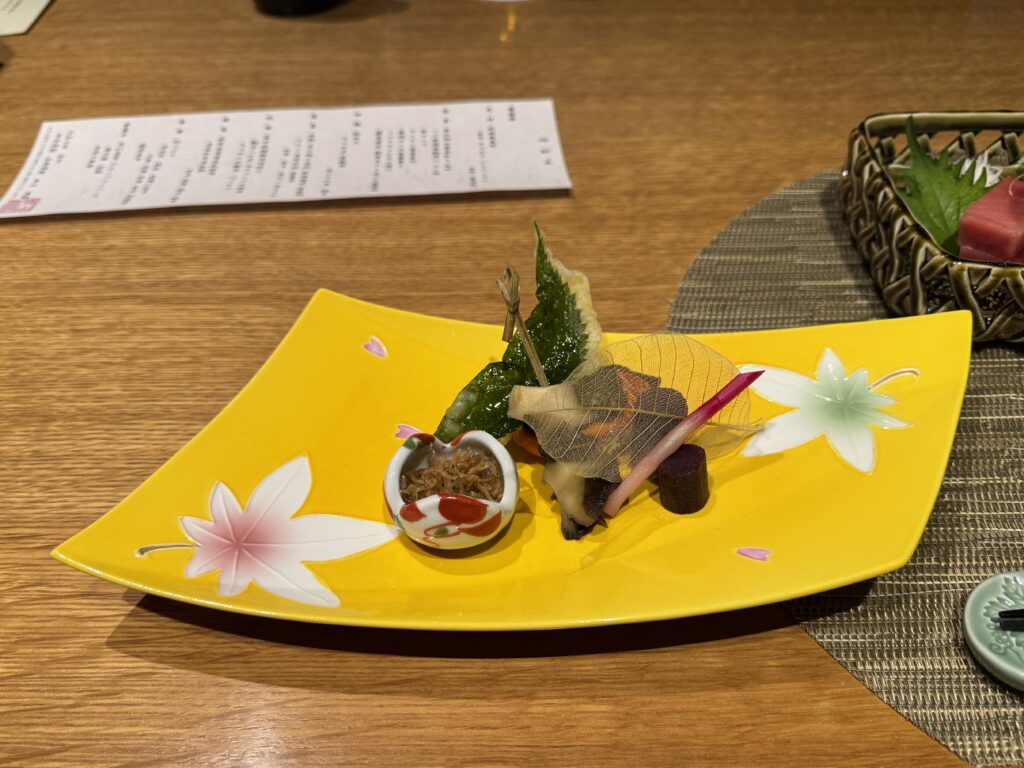
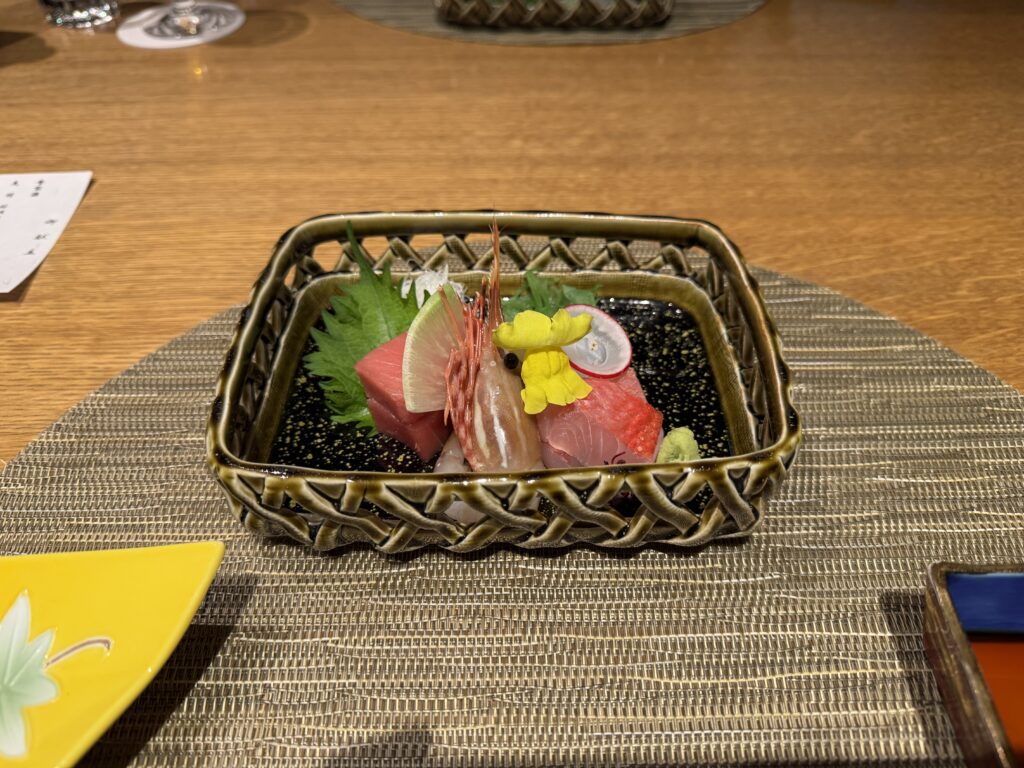
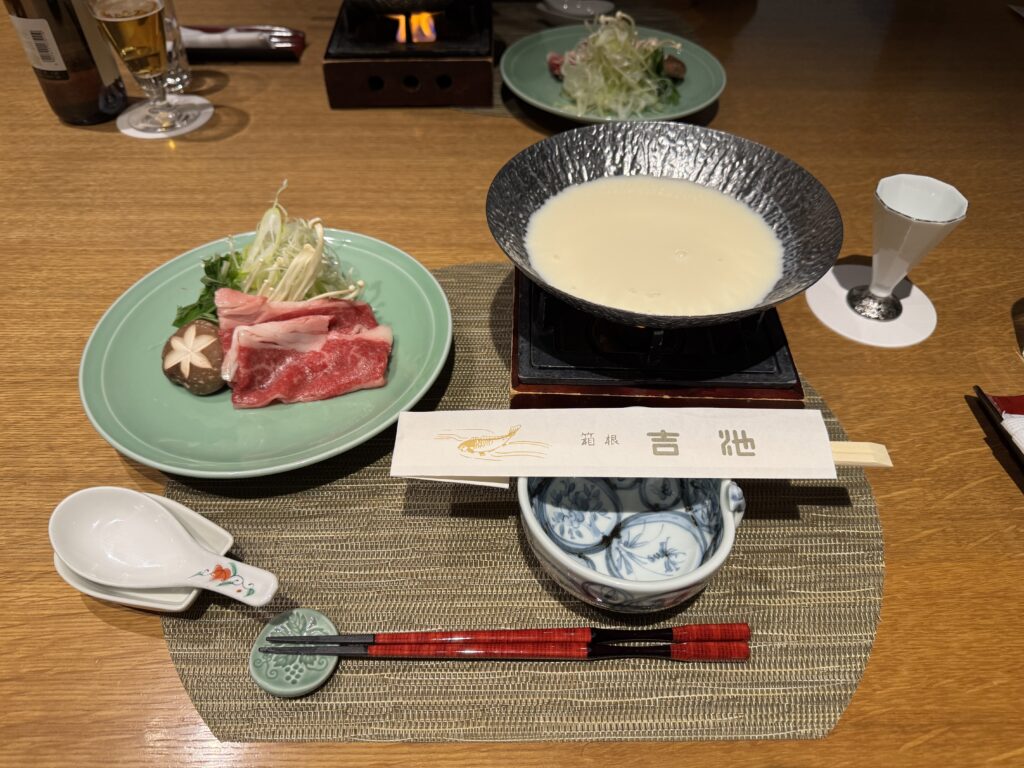
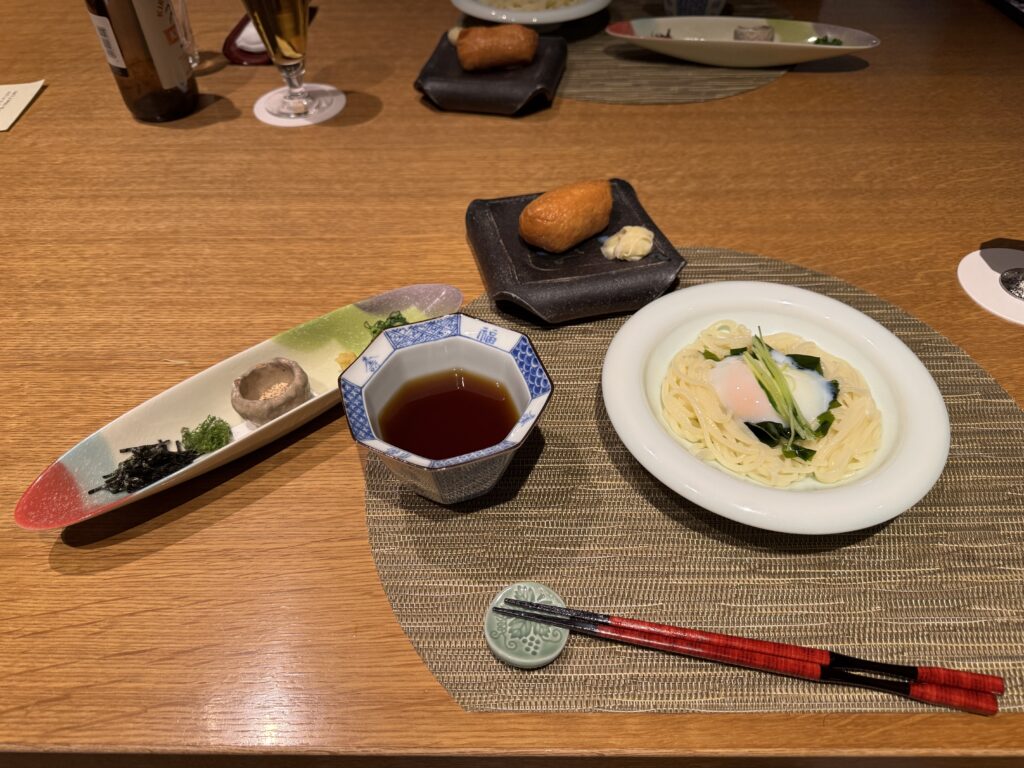
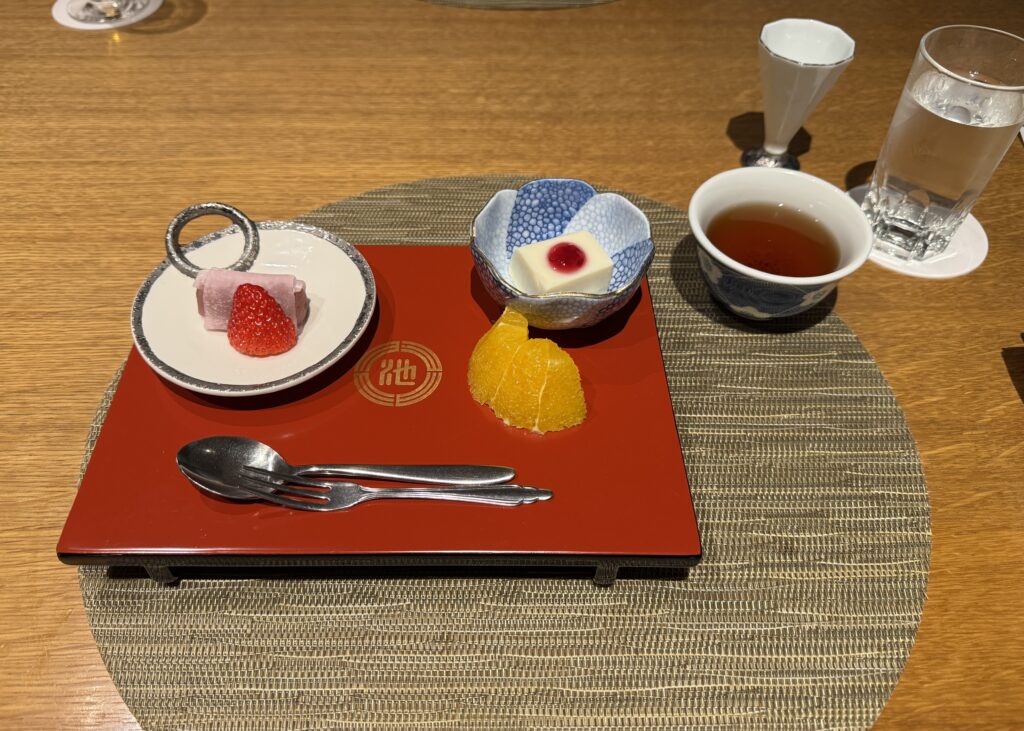
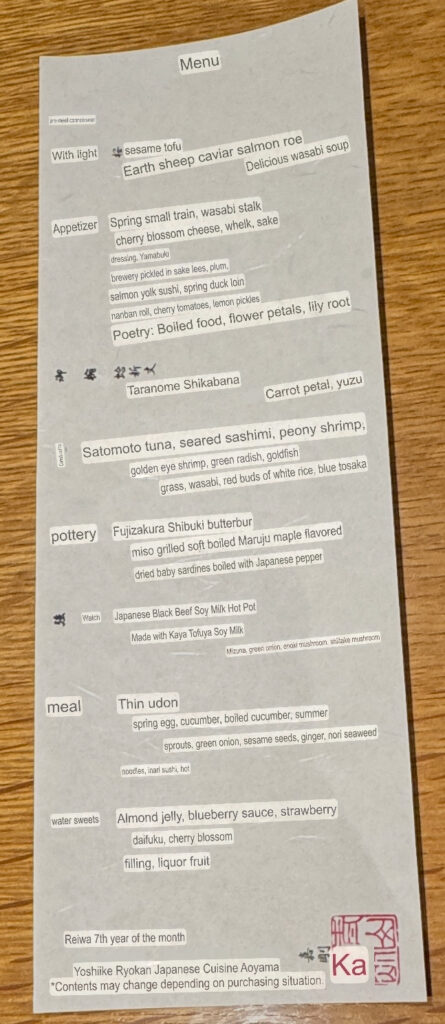
Comments are closed